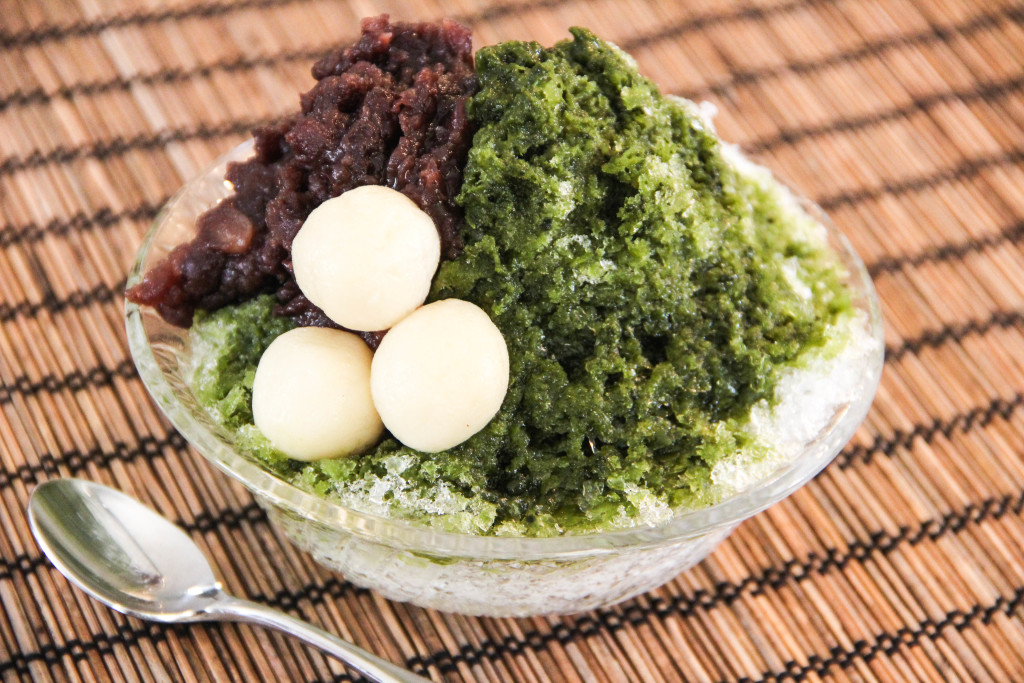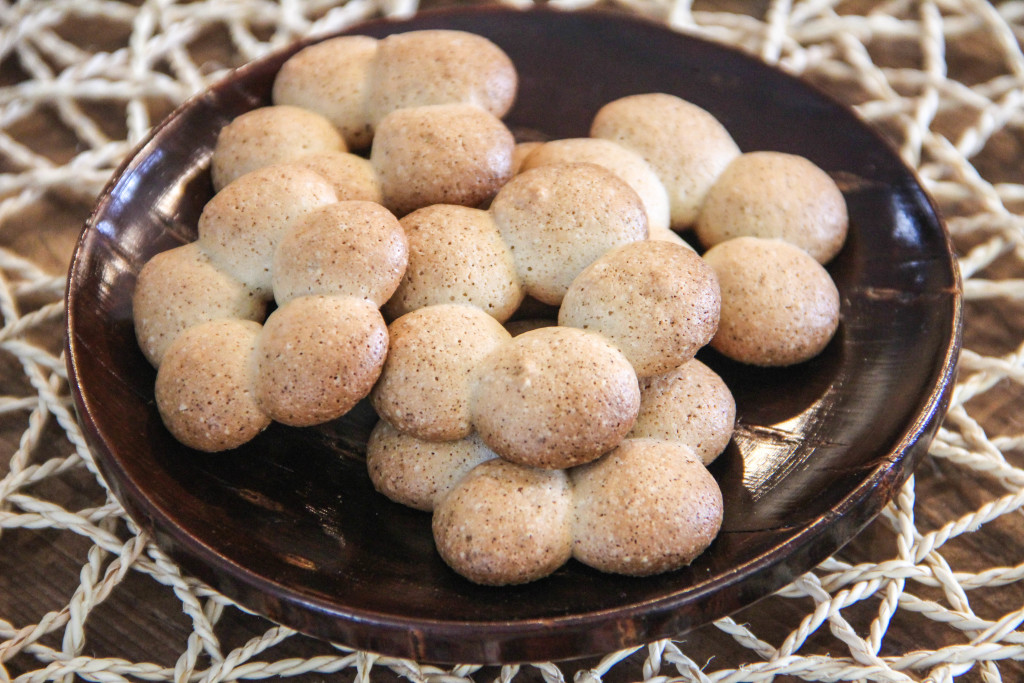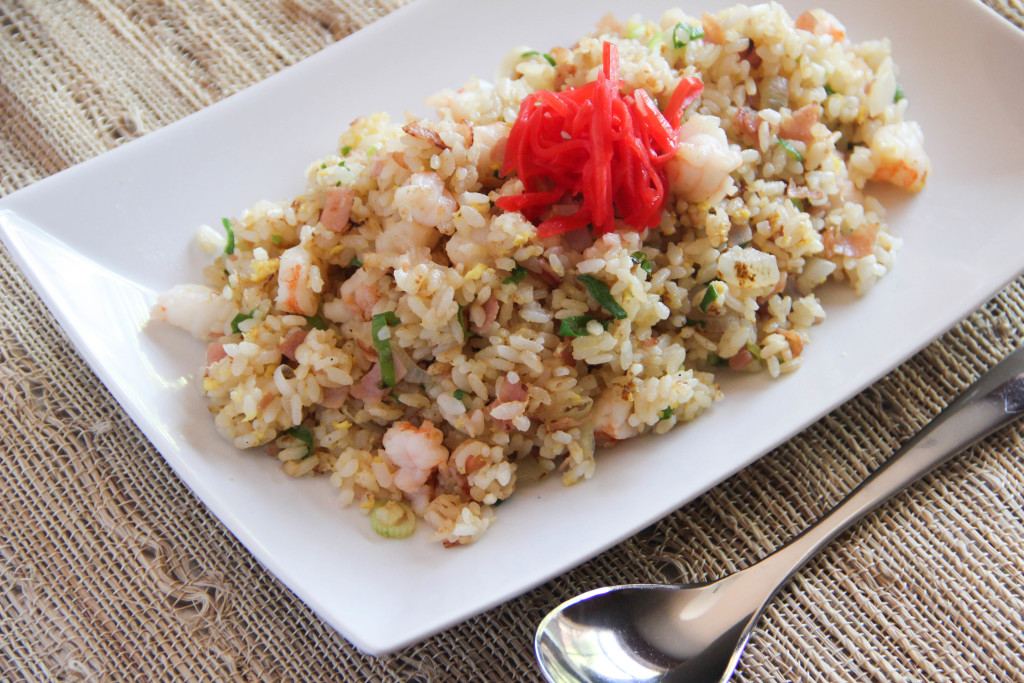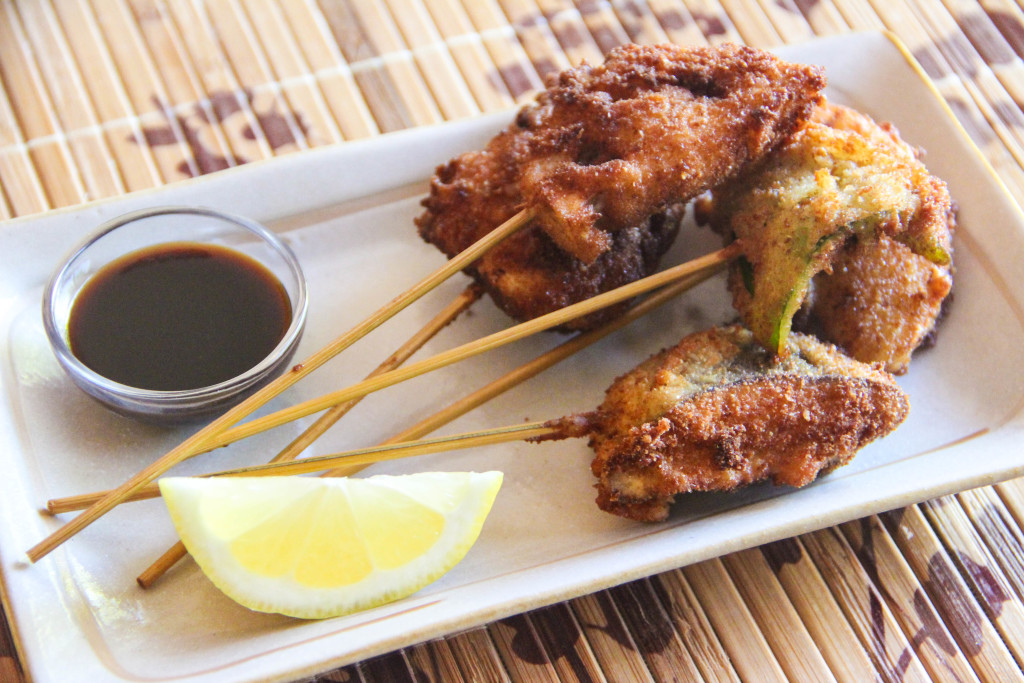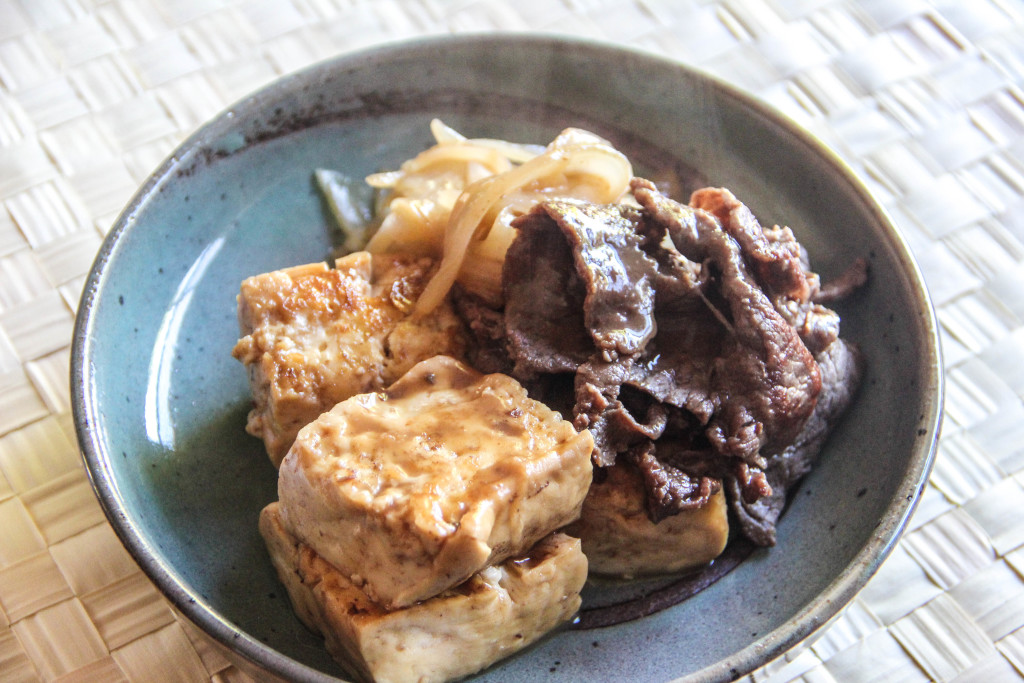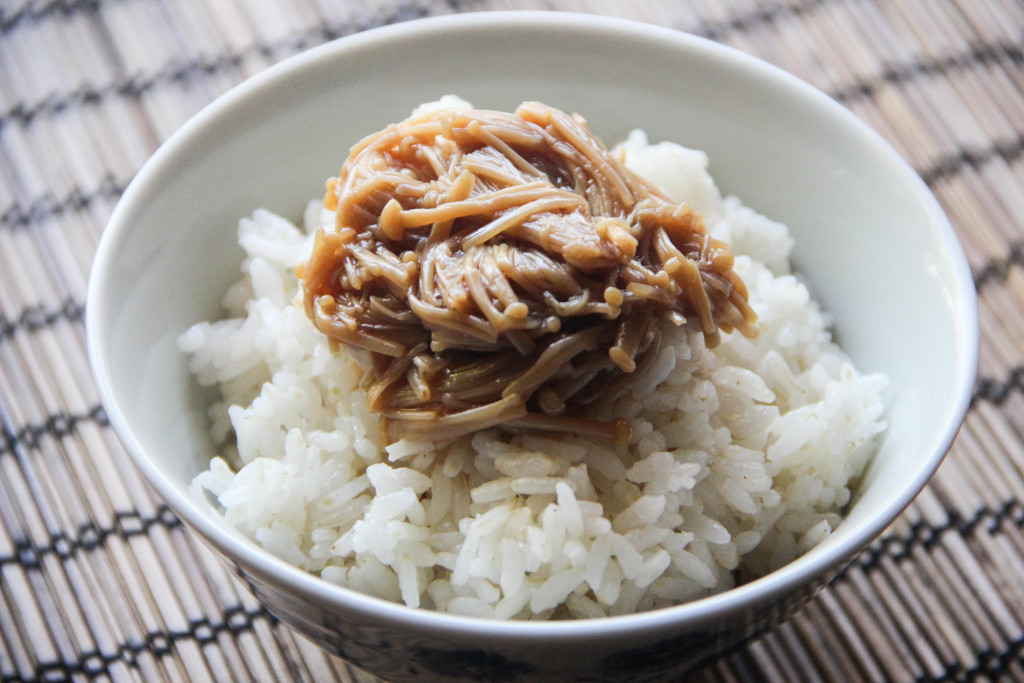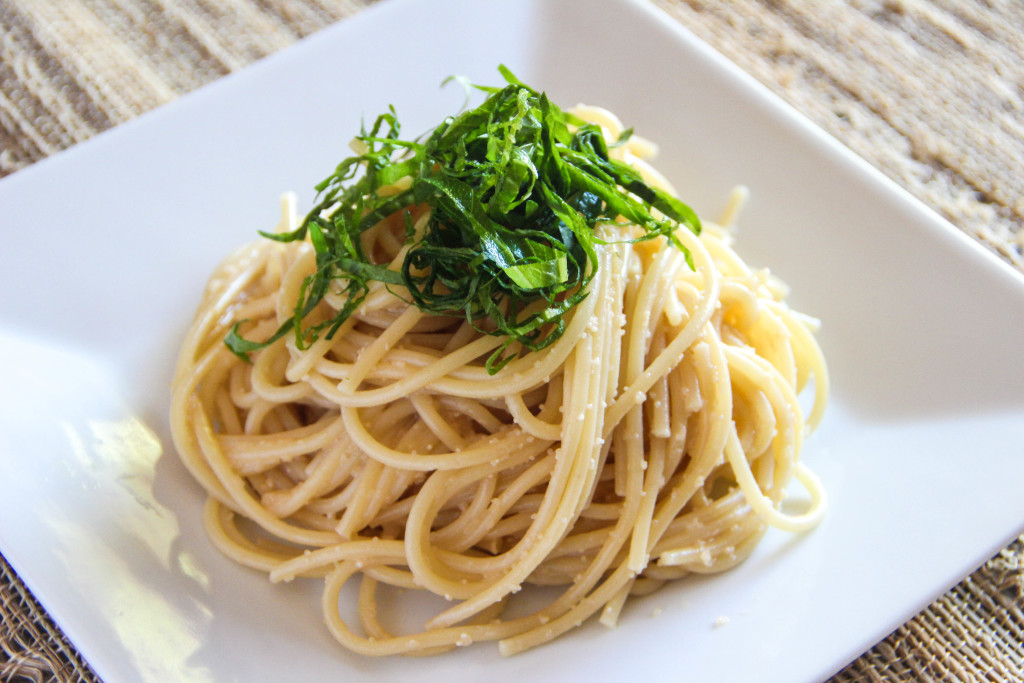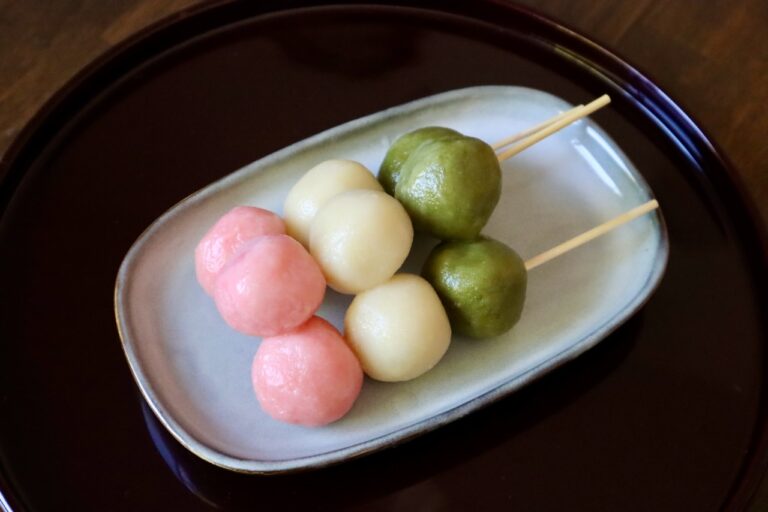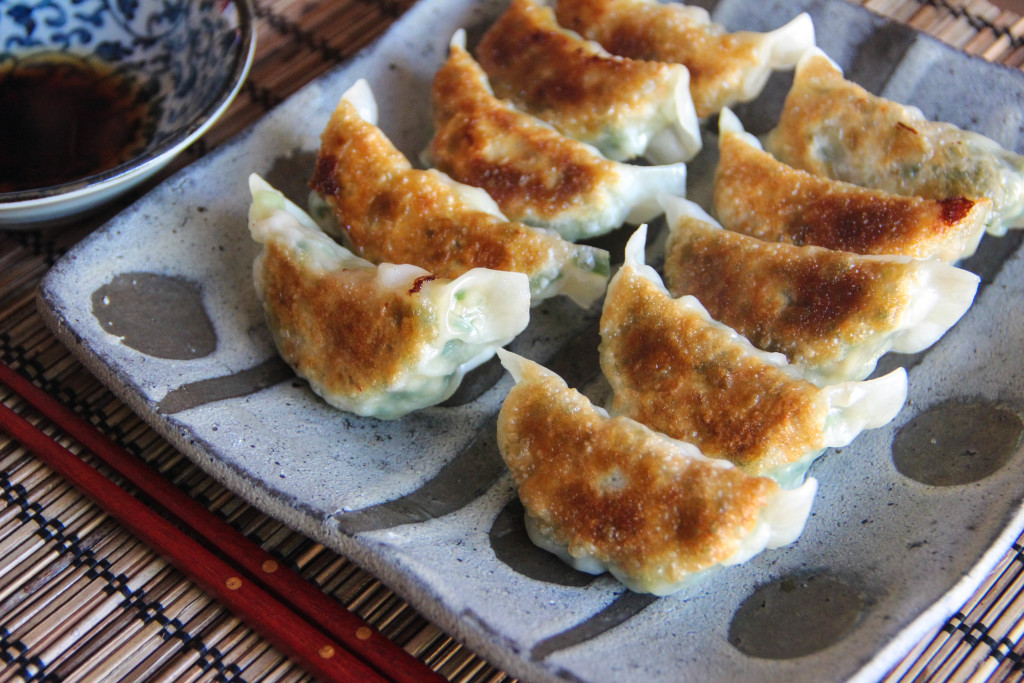Kakigori (かき氷) is Japanese shaved ice with flavored syrup. It is very popular during the hot and humid summer in Japan, and there are a lot of pop up Kakigori stores appearing in the season.
Although you can get shaved ice here too, usually as a snow cone in the US, Kakigori is very different from that. Snow cones often use crushed ice or ice shaved in thicker pieces. Japanese shaved ice is very soft and fluffy, and melts in your mouth like newly fallen snow. It doesn’t have much crunchy texture at all. Hawaii also has a version called “shave ice” that is becoming popular in other states as well. It’s based on and very similar to Japanese Kakigori, but some of the flavorings are different.
